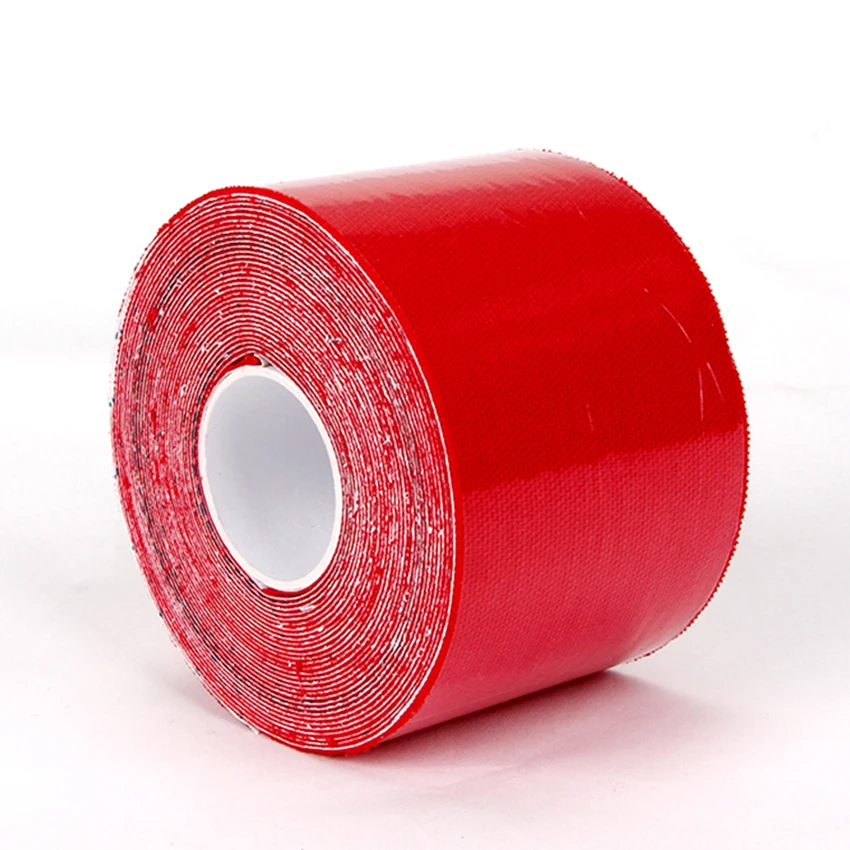

Dr Reeder is the American Contact Dermatitis Society Contact Allergy Management Program Director. All rights reserved.Ĭonflicts of interest Dr Taylor has consulted for Johnson & Johnson, Bayer, Kao Brands, and Equinox Group received royalties from Decision Support in Medicine owns noncontrolling shares of common stock in AstraZeneca, Cigna, Johnson & Johnson, Merck, and Opko Health and is a member of the Steering Committee of the Cosmetic Ingredient Review a nondependent child is an employee of Pfizer.

Supplemental allergens and materials should be tested in the evaluation of a suspected medical adhesive contact allergy.Īdhesive allergic contact dermatitis bandaid colophony contact allergy contact dermatitis dressing medical adhesive suture glue tape.Ĭopyright © 2021 American Academy of Dermatology, Inc.
Medical tape allergy Patch#
Results of comprehensive patch testing may be prone to referral population selection bias and may not be representative of the general dermatology population.Ĭolophony was the most common allergen. One-fourth of the patients (79/313, 25.2%) had positive patch test reactions to supplemental allergens/materials, and 54 (17.3%) of the 313 patients only had reactions to supplemental allergens/materials.
Medical tape allergy series#
The most common North American Contact Dermatitis Group screening series allergens were colophony (80.7%), balsam of Peru (3.9%), 2-hydroxyethyl methacrylate (2.7%), and carba mix (2.7%). Compared with other patients with final primary diagnoses of allergic contact dermatitis, patients with a medical adhesive allergy were less likely to be male (odds ratio, 0.58 95% CI, 0.45-0.77) and/or aged >40 years (odds ratio, 0.76 95% CI, 0.60-0.96). In total, 313 (0.7%) patients met the inclusion criteria.

To characterize the demographics, clinical characteristics, patch test results, and occupational data for North American Contact Dermatitis Group patients with medical adhesive contact allergy.Ī retrospective study of 43,722 North American Contact Dermatitis Group patients patch tested from 2001 to 2018 with medical adhesive (tapes/bandaids/adhesive aids/suture glue) sources, positive patch test results, and final primary diagnoses of allergic contact dermatitis. Identification of allergens causing medical adhesive contact allergy is difficult.


 0 kommentar(er)
0 kommentar(er)
